What is field recording?
Field recording helps flesh out on-location shoots, giving your content depth and character. Learn what field recording is, how it works, the best gear, and more.
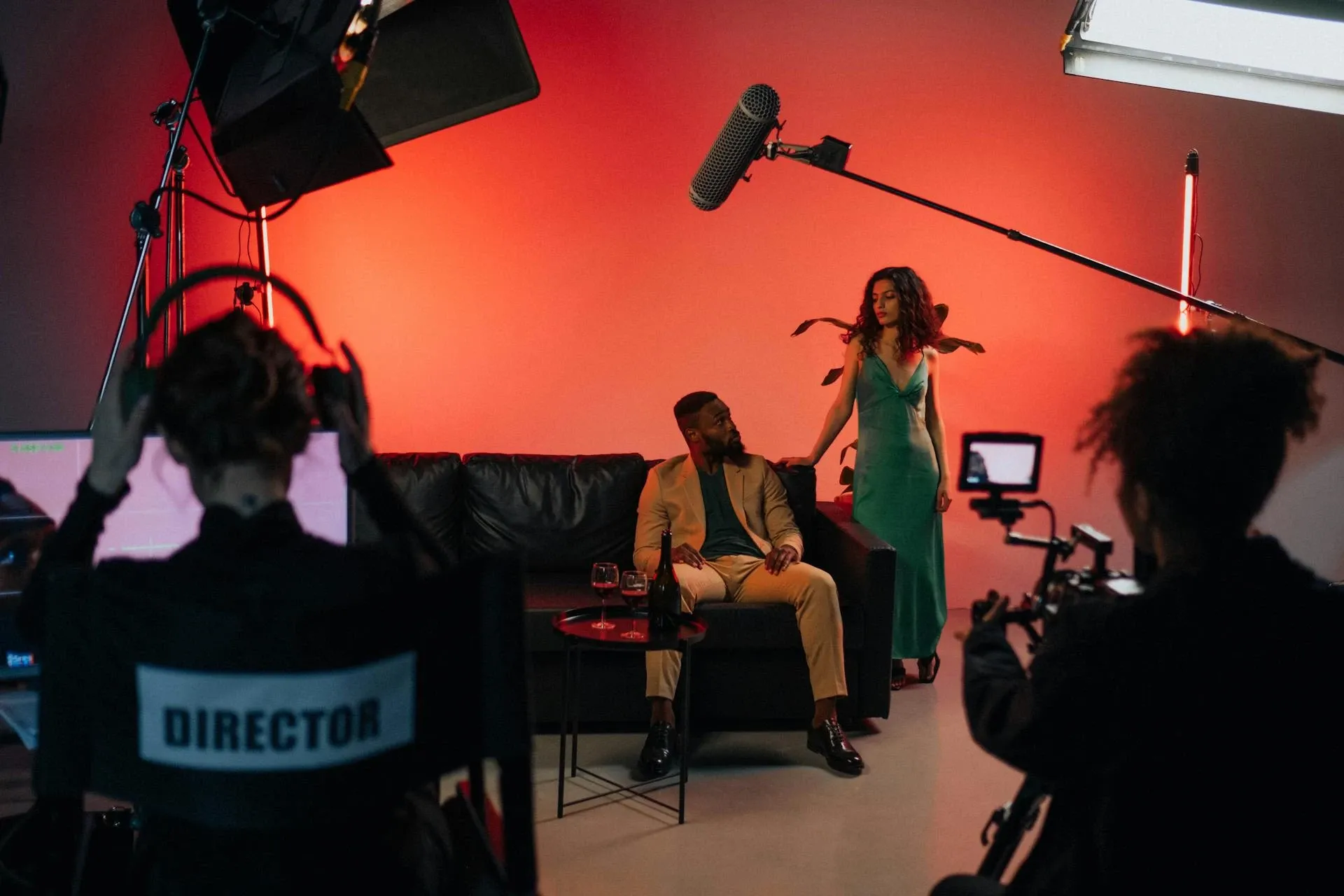
Field recording can take your content to the next level, but it’s no cakewalk. Let’s run through the essentials today.
We’ll cover:
- What is field recording?
- Why do filmmakers use field recording?
- What do you need for field recording?
- What are the best microphones for field recording?
- Top tips for field recording
What is field recording?
In a nutshell, field recording is the act of capturing audio outside the studio setting, straight from the source. This means you’re working without sound engineers, carefully curated sequences, soundproofed booths — it’s just you and whatever sound you're trying to record.
Within those parameters, field recording can be anything, anywhere, made by humans or naturally occurring. It can be a mooing cow, the buzz of a faulty AUX cable, a tip-toeing dancer, a bus station packed with football fans. If you have access to the environment and are physically — and legally! — able to record, you’re ready to go.
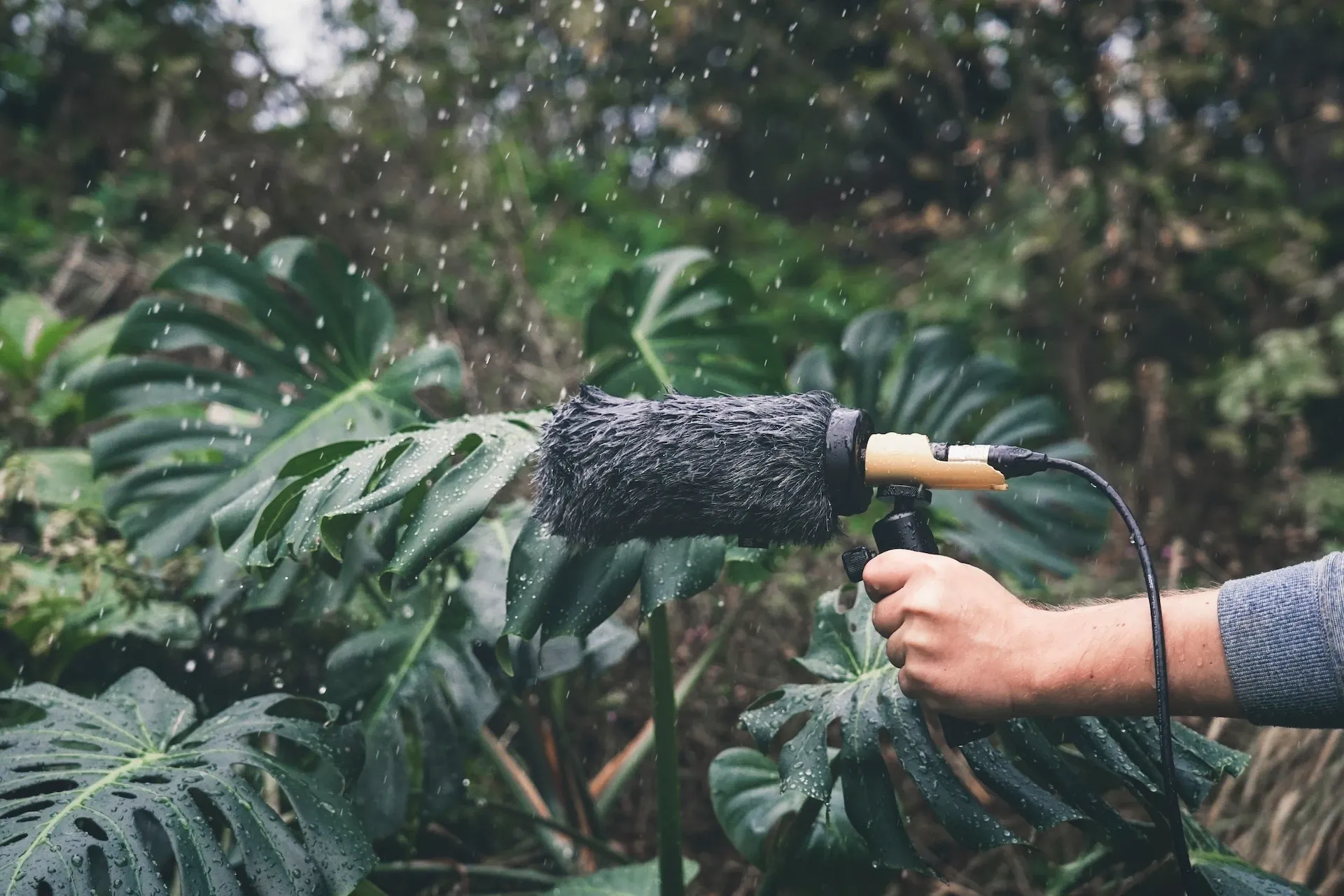
Why do filmmakers use field recording?
Field recording is a popular filmmaking technique because it adds an extra dimension to your content. It brings realism, sensory delight, feeling. Check out a few of the use cases below.
Ambient/room noise
If you’re shooting content on a busy street, you’ll ideally want to capture some ambient noise. This is the ‘background’ location noise — in this instance, it’d be the hustle and bustle of the street.
This will improve your sound quality during post-production, ironing out any creases or inconsistencies. If you find any choppy transitions or unexpected interruptions, you can use ambient noise to cover them up.
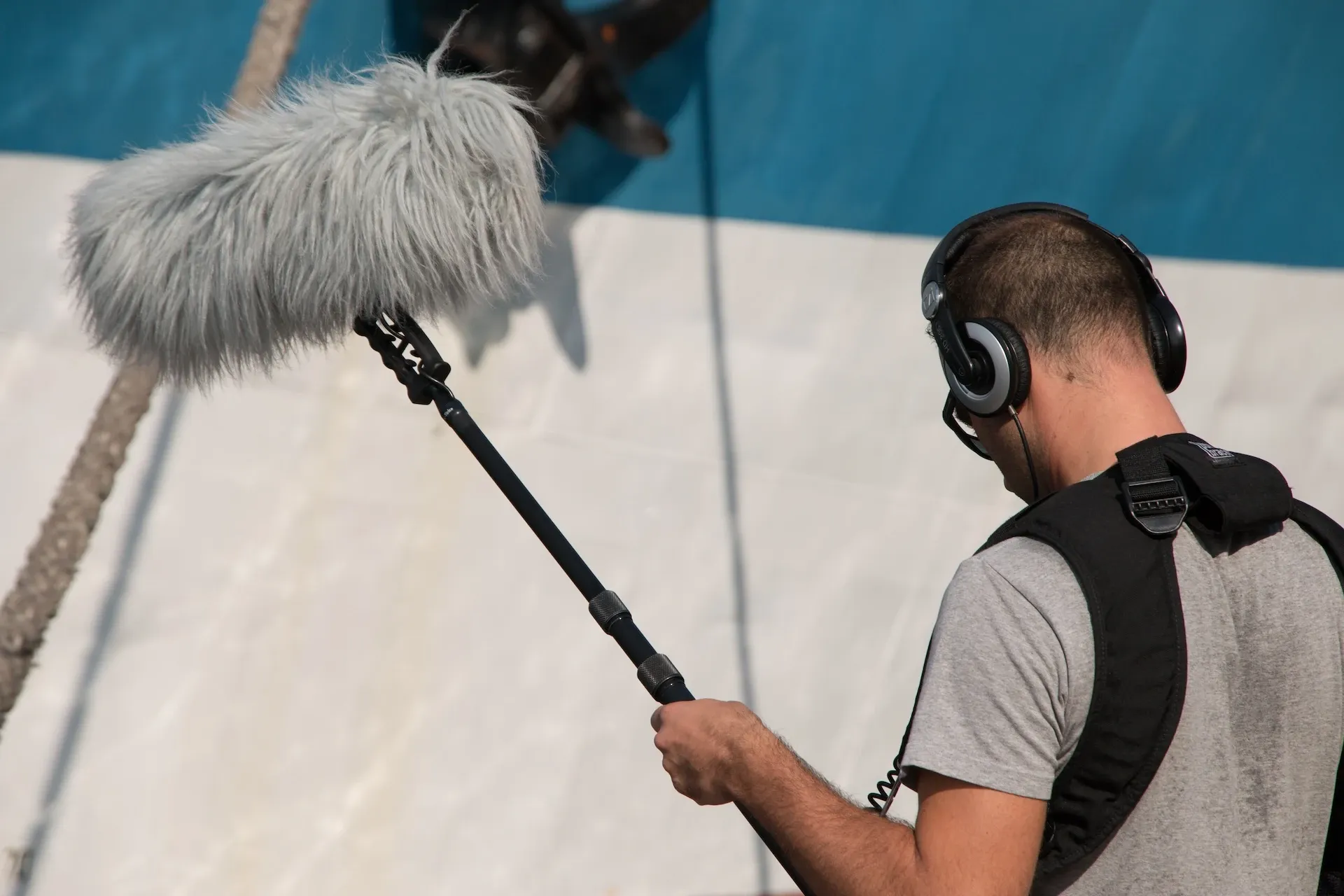
Foley sounds
Sound effects are often dubbed into the action during post-production. You can usually find what you want in a sound effects catalog like Epidemic Sound, but you may need to capture a specific sound you can’t find elsewhere.
If that’s the case, you’re best off creating your own foley sound: a custom-made sound effect which can be dubbed into your content. As long as you have the time, equipment, and funds, this is a gold-standard use case for field recording.
Research
If you’re working on a larger project, the sound engineer or sound designer may require initial research. Field recording will help them shape a more complete, detailed sound design later down the line — think of it as location scouting, but for your ears.
Music
Some artists use field recordings in their music, either to make a point or to let listeners sink into the vibe. One of the more recent — and famous — examples is Björk, who used her own recordings of chirping birds on her 2017 album, Utopia. Naturally, the tracks aren’t just full of noisy birds, but the field recordings offer a peaceful, world-building quality, often bridging the gap between songs.
What do you need for field recording?
It pays to be over-prepared, but if you’re working with a limited crew or budget, you might have to streamline your efforts. Here are the essentials for field recording:
- A digital recorder: You might remember playing around with a dictaphone when you were a kid — digital recorders are similar, but they don’t offer immediate playback. They’re pocket-sized, handheld field recorders and usually have decent battery life, which is perfect for full-day field recording sessions.
- A microphone: Microphones help capture sound in a different way to digital recorders, giving your field recording sessions more dynamism.
- Grips and poles: If you use a microphone, you'll probably need some support. See how compatible your gear is with grips, poles, or stands before you head into the field.
- Headphones: If you want complete on-site control, use headphones. Plug them into your digital recorder, microphone, or audio interface to access live monitoring — if there’s a blemish or mistake in the field recording, you’ll pick it up live rather than during post-production.
- Backup power and storage: Batteries go faulty. SD cards give up. Pack some spares to give yourself — and your team — peace of mind.
- Protection from the elements: Mic windscreens and water protection are must-haves for field recording, but don’t forget about you. Raincoats, sunblock, all that jazz — you’re just as important as your equipment.
Need more sound effects or music to complement your field recordings? We’ve got you covered. Dive into more than 50,000 tracks and 200,000 unique sound effects and variations with Epidemic Sound.

What are the best microphones for field recording?
You’ll struggle to find a mic solely described as a ‘field recording microphone,’ but there are a bunch of affordable, high-quality digital recorders on the market. Plus, if you look in the right places, certain microphones will take to field recording better than others.
Here are a few of the more popular options.
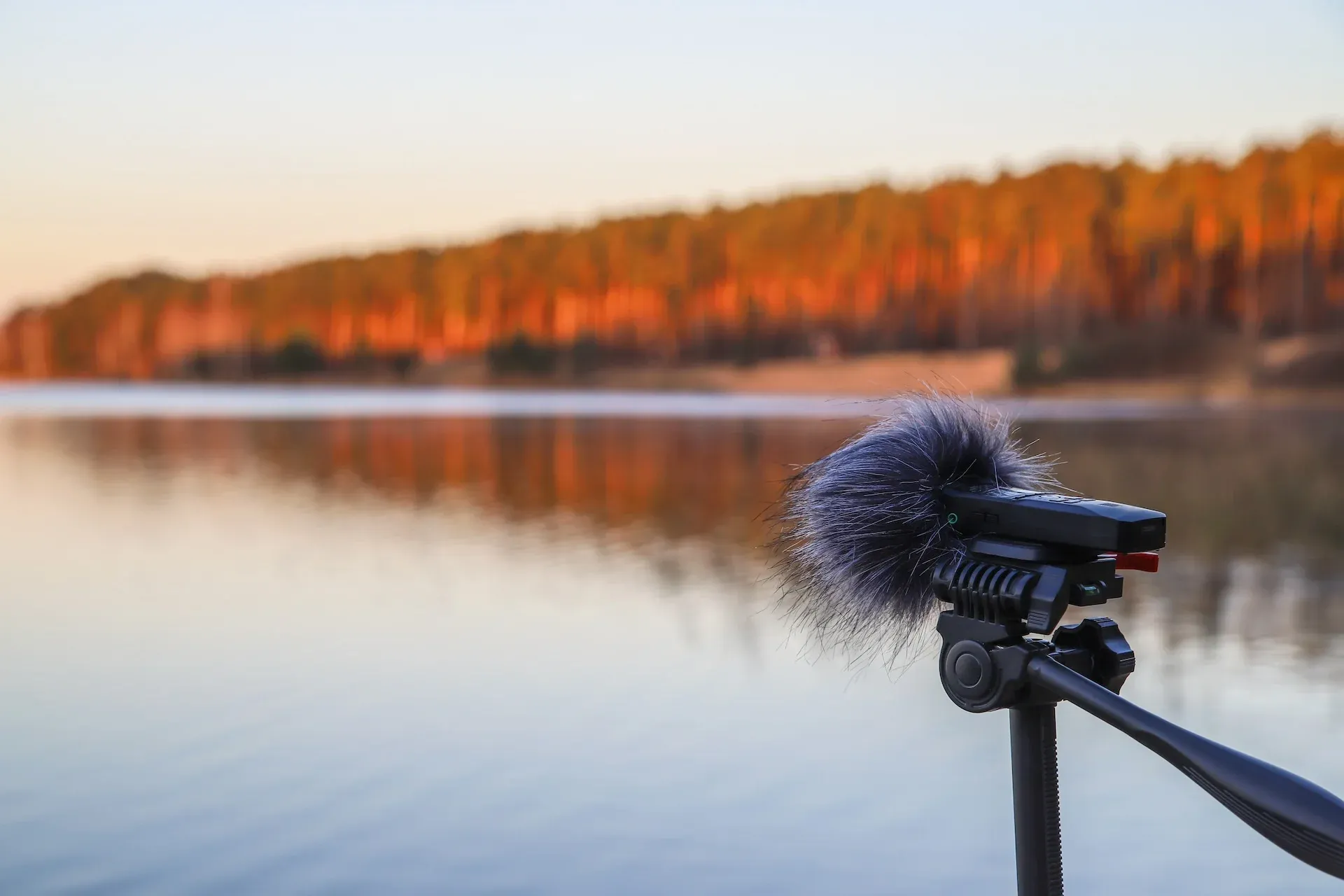
Zoom H5
The Zoom H5 comes in at $299.99 — it’s by no means cheap, but if you want solid audio, it’s on the lower end of the spectrum. For that price, you get four-track recording, interchangeable microphone capsules, shock-mounting, and XLR input for an external microphone. On top of that, this plucky handheld field recorder runs for 10 hours on two AA batteries, preserving your work as lossless audio. Not too shabby.
Sennheiser MKH 8040
The Sennheiser MKH 8040 retails at $1,185, offering a darn-near crystal-clear field recording experience. Its cardioid microphone pickup pattern means it’ll scoop up the sonic tidbits required for field recording — ambient noise will sound like a dream through the MKH 8040. You’ll get minimal self-noise and distortion from this mic, and if we’re being superficial, the thing looks incredible.
Your phone
Yep. The phone in your pocket. Music videos have been shot and edited on iPhones — if it’s good enough for Lady Gaga, it’s worth looking into. Although your mobile isn’t as customizable as the previous examples, it’s probably high-quality enough to get started. Do a trial run and see how it sounds.
Top tips for field recording
Now that we’ve dug into what field recording is, why filmmakers do it, and some of the best gear for the job, let’s finish with a few tips.
Set your levels
If you’re recording on your phone, you needn’t worry about this — you run the risk of clipping or excess noise, but that’s part of the gamble. However, if you’re rocking a dedicated digital recorder or microphone, levels should be adjusted.
If your device allows, try using 32-bit float recording to avoid clipping. Other than that, this process will be trial-and-error — you’ll spend all day cutting field recordings, take them back to the studio, then realize that the levels are all wonky. It sucks, but it’s the only way to get it right.

Limit unwanted noise where possible
We mentioned this earlier, but it bears repeating: get a windjammer or windshield for your device. You might not be able to control the weather, but you can control how much it affects your final product.
Even when you’re inside, think about soundproofing on the fly. Padding walls, closing curtains, and laying down a rug or two can lend your field recording a softer finish.
Interact with your source material
As long as your subject isn’t untouchable for legal, moral, or safety reasons, get stuck in. Think of objects like plants, beads, paper — they all make different sounds when they’re moved in different ways.
Only use equipment that you know how to use
Read the manual, read it again, and read it a third time for fun. You’ll no doubt know how a device roughly works, but there are so many intricacies that vary, even from one model to the upgraded version. Snags like power source priority can go unchecked until you’re stuck on a boat, floating into the heart of night, trying to record some dolphins with two dead batteries and a backpack full of broken dreams.
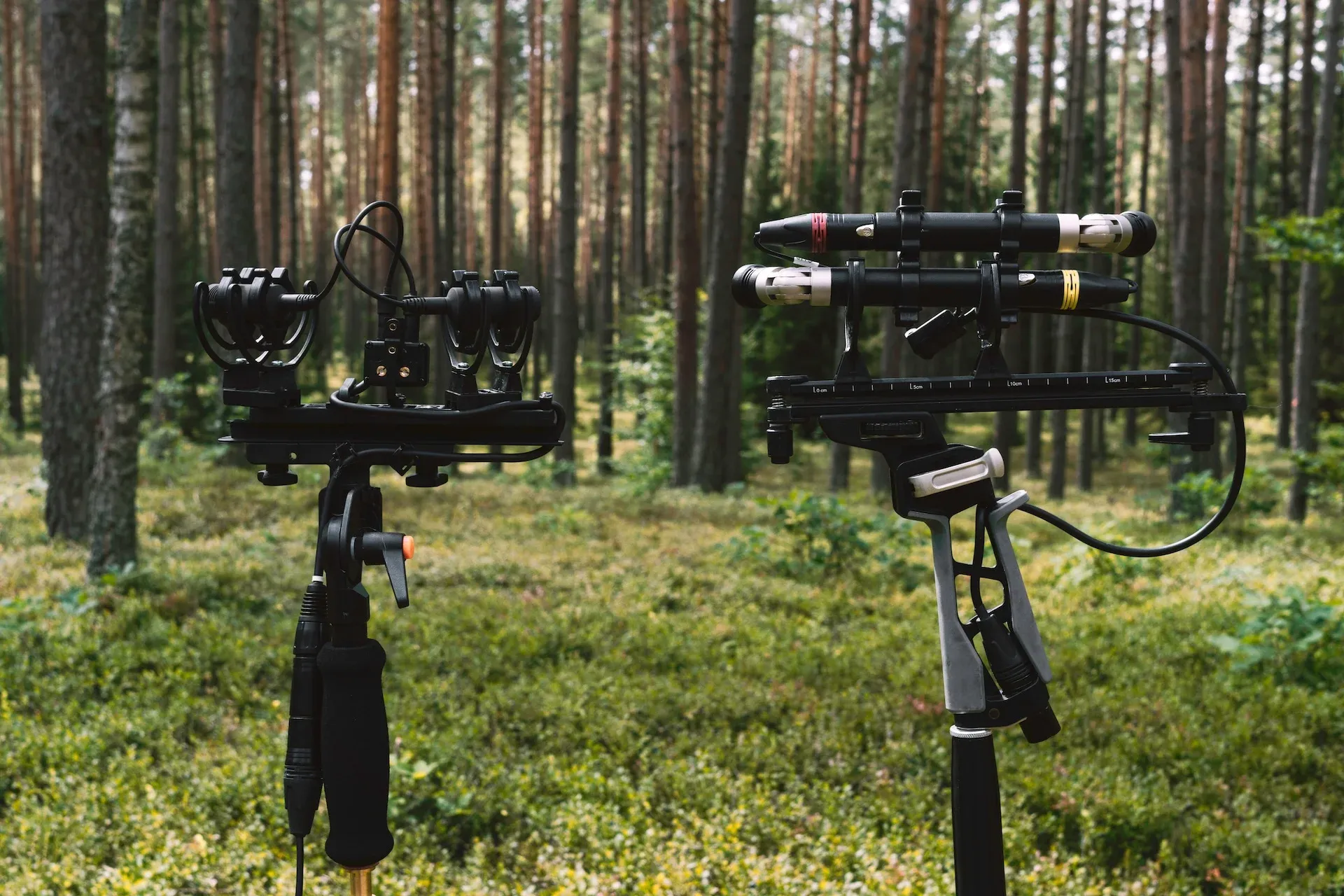
Field record even when you’re not supposed to
Like any skill, your field recording will improve with practice. Even if you just record something on the morning commute, after a meeting, or on a day out, it’s all in pursuit of the work. The more you do it, the more you understand — you’ll fall in love with a sound you wouldn’t have thought twice about when you started. From there, you’ll be able to figure out where field recording is appropriate, and where a pre-recorded sound effect would work better.
Once you nail field recording, your content still requires a raft of quality control. One of those areas is music — after all, the soundtrack can make or break your content. Don’t settle for second-best. Use Epidemic Sound.
Our catalog is high-quality, affordable, and safe. An Epidemic Sound subscription goes beyond royalty-free music, removing the headache of licensing and freeing you up to do what you do best. You can enjoy the safety of our license hand-in-hand with our massive catalog of 50,000 tracks, covering just about every genre you can think of. You’ll also gain unlimited access to our advanced search functions — finding the right sound’s never been easier.
It’s better than royalty-free. It’s worry-free. Get started with Epidemic Sound below.

Are you a filmmaker? We've got you covered with background music for videos, including:
Take your video editing to the next level with our massive catalog of music for filmmakers.

